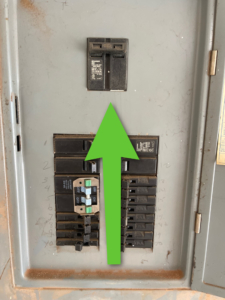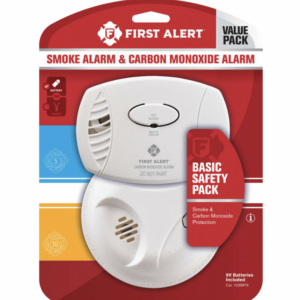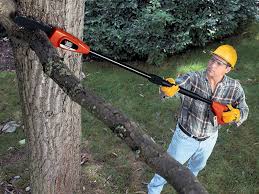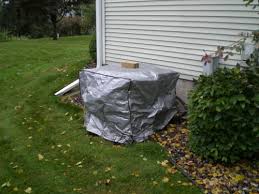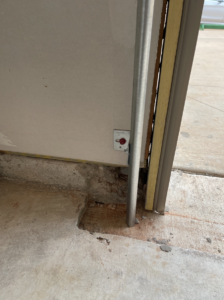
The garage door is the largest moving object in a house. Its parts are under high tension. All repairs and adjustments should be performed by a trained garage door systems technician. To find a technician, visit the International Door Association website. If the garage door appears inoperable or out of plumb, do not attempt to operate the garage door opener. If the door appears plumb, you can perform some basic testing to ensure that your garage door is operating as it should.
Photo-Electric Eyes
Federal law states that residential garage door openers manufactured after 1992 must be equipped with photo-electric eyes or some other safety-reverse feature. If the garage door has an opener, check to see if photo-electric eyes are installed. They should be near the floor, mounted to the left and right sides of the bottom door panel. The beam of the photo-electric eyes should not be higher than 6 inches above the floor.
Non-Contact Reversal Test
This check applies to door systems that are equipped with photo-electric eyes. Standing inside the garage and safely away from the path of the door, use the remote control or wall button to close the door. As the door is closing, wave an object in the path of the photo-electric eye beam. The door should immediately reverse and return to the fully-open position.
Contact Reversal Test
This check applies to doors with openers when the opener’s force setting has been properly set, and when the opener reinforcement bracket is securely and appropriately attached to the door’s top section. If you’re concerned that a contact reversal test may cause damage to the garage door or its components, don’t do it.
Otherwise, begin this test with the door fully open. Under the center of the door, place a 2×4 piece of wood flat on the floor in the path of the door. Standing inside the garage but safely away from the path of the door, use the wall push button to close the door. When the door contacts the wood, the door should automatically reverse direction and return to the fully-open position.
If your garage door fails or is slow to respond to any of these tests, contact a qualified technician who can check for any necessary repairs or upgrades.
Home Run Inspections, LLC
Oklahoma: 405-905-9175
Florida: 850-203-3239
Info@HomeRunInspections.com
We Cover All the Bases!
Serving the Oklahoma City metro and surrounding areas including Edmond, Yukon, Piedmont, Bethany, El Reno, Tuttle, Mustang, Moore, Norman, Midwest City, Del City, Choctaw, McCloud, Shawnee, Harrah, Newalla, Jones, and more.
Also Now Serving the Florida Panhandle metro areas including Destin, Fort Walton Beach, Okaloosa Island, Miramar Beach, Santa Rosa Beach, Niceville, Shalimar, Freeport, Crestview, DeFuniak Springs, Panama City Beach, and more.
Schedule Your Inspections Online at:
Oklahoma Scheduler
Florida Scheduler
Like us on FaceBook
Follow us on Twitter
Follow us on Instagram


